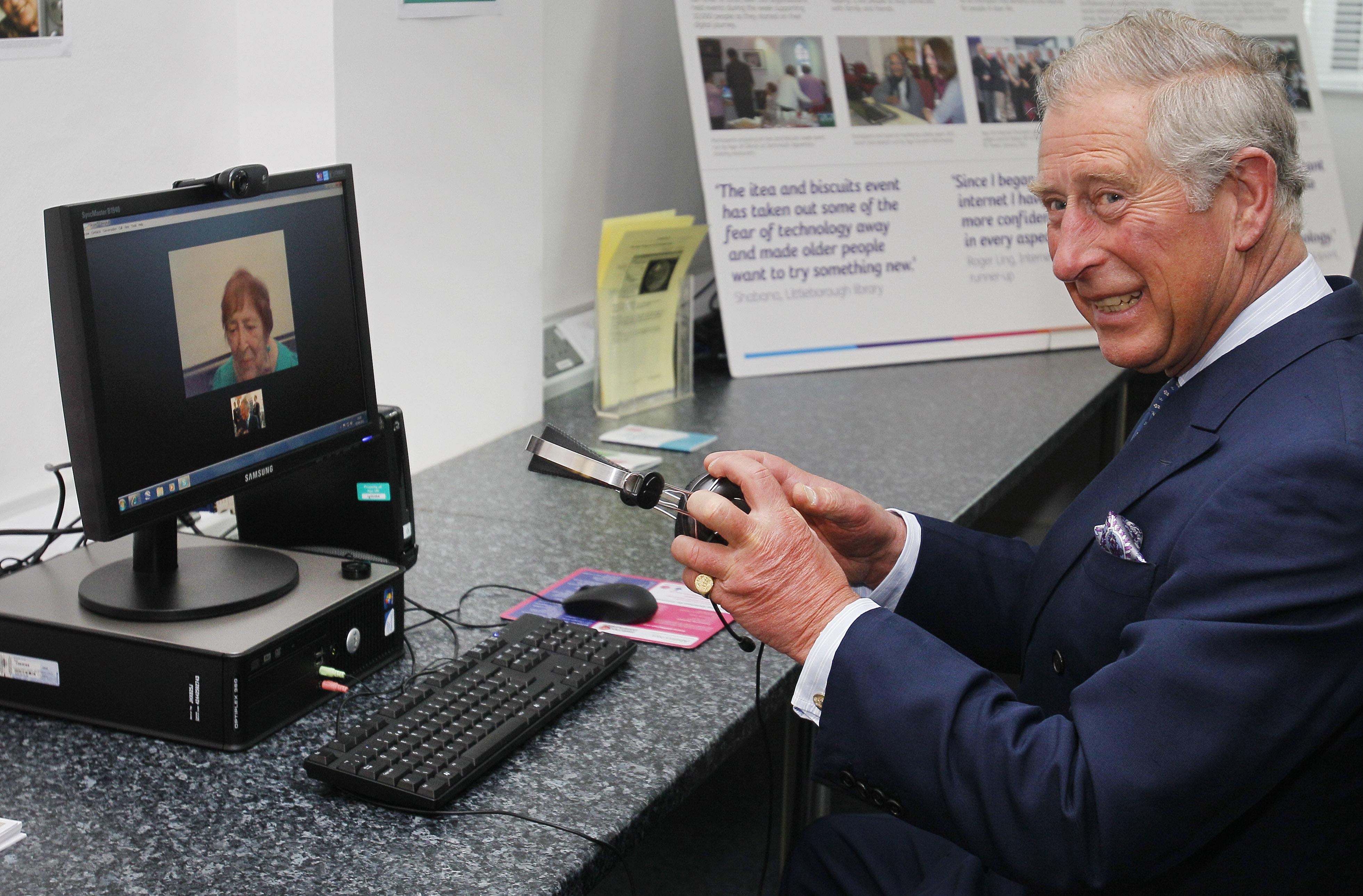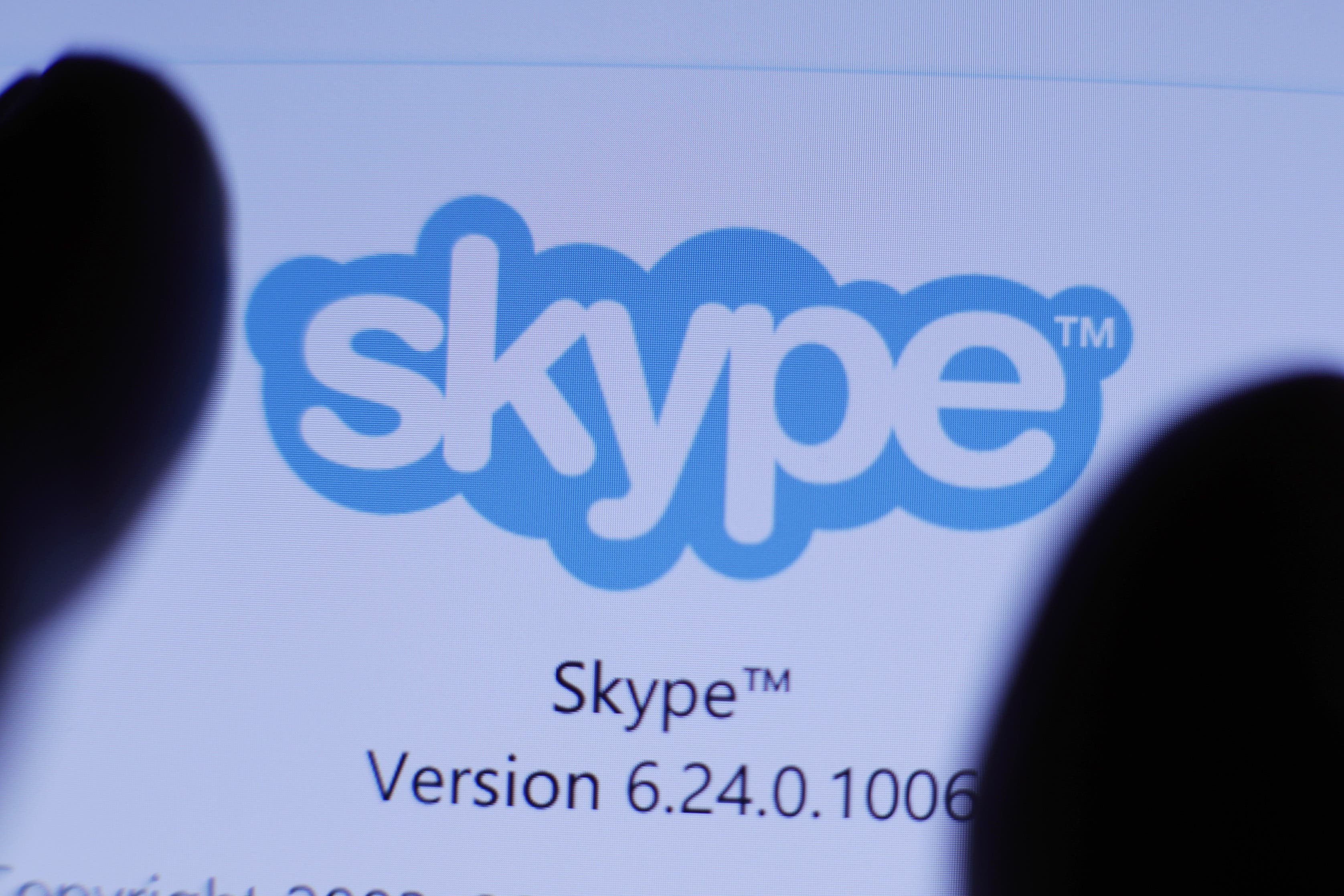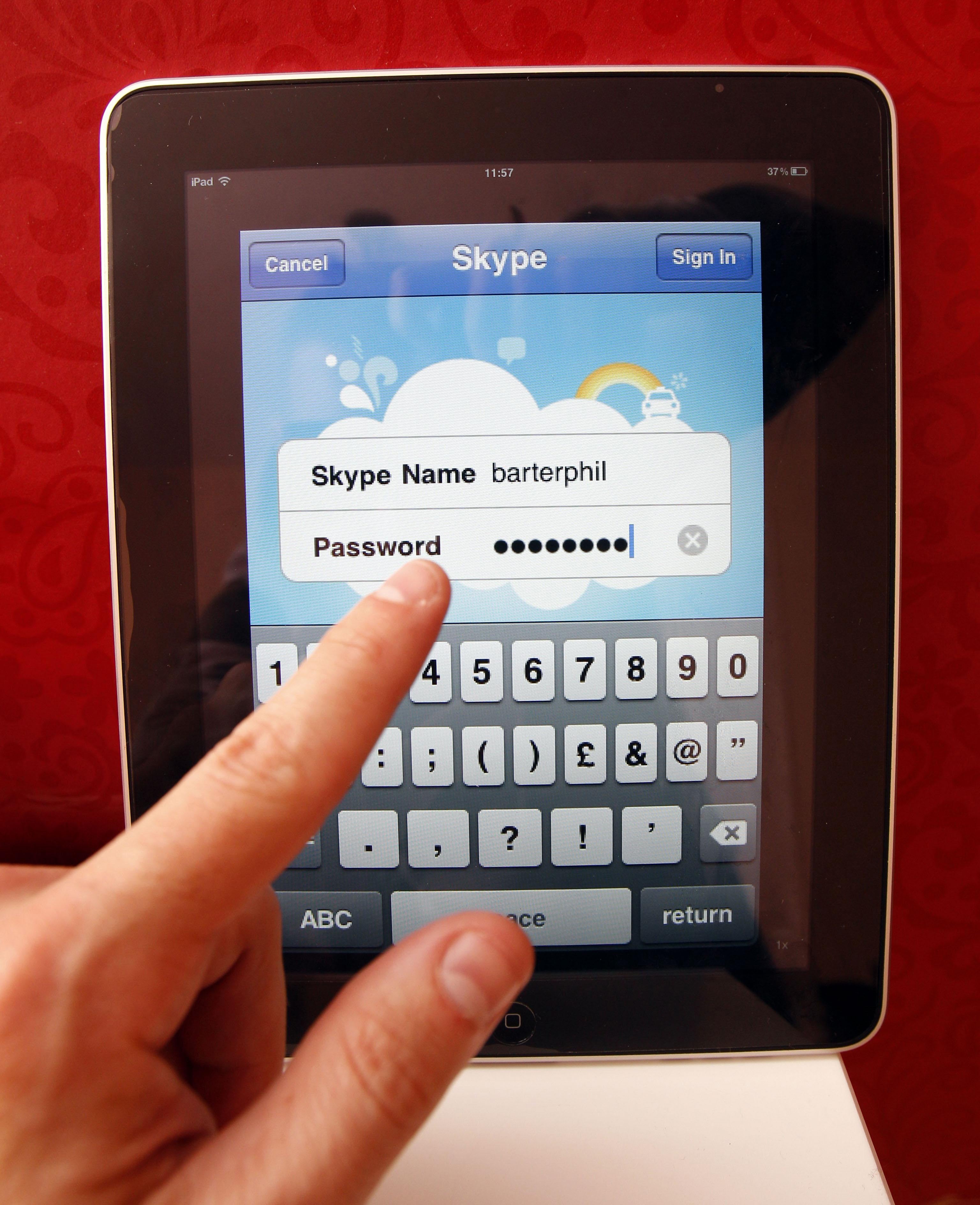The Independent's journalism is supported by our readers. When you purchase through links on our site, we may earn commission.
RIP Skype: a nostalgic service that allowed us to connect
Skype was the first of its kind to allow mere mortals to make global video calls via the internet. At the time, the platform was revolutionary; ahead of its closure in May, Ellie Muir asks why it flopped so spectacularly at a time when our need for internet communication skyrocketed


Skype has seen it all. High-pressure job interviews. Awkward transatlantic family gatherings. Long-distance love affairs (and breakups). Many of our big life events have been bookended by Skype’s bouncy dial tone and its end-call notification that sounded a bit like a sneeze. That’s because when the company’s sky-blue logo landed on our desktop screens in 2003, it marked the first time ordinary people could access free computer-to-computer audio and video calls across the globe – and shifted our landline and mobile calls onto the internet. But in May, the once-ubiquitous video chat platform will be closing its all-seeing eye for good.
Skype’s owner, Microsoft, has announced it is retiring the platform on 5 May after more than 20 years of service, to streamline its “consumer communications offerings” in favour of its behemoth workplace platform Teams (which is where Skype’s millions of remaining users will be herded to in the coming days). In a statement announcing Skype’s departure, Microsoft, which purchased the company in 2011 for $8.5bn (£6.6bn), said the platform had been an “integral part of shaping modern communications and supporting countless meaningful moments” but it was effectively taking Skype off life support, which is where it’s been for the past decade.
You may be wondering, how did such a beloved platform flop so disastrously at a time when our entire existence shifted online thanks to the pandemic? The first part of the story is that Skype simply couldn’t keep up when shinier competitors, like Zoom or Salesforce’s Slack, came into the market and capitalised on the global shift towards remote working. Another theory is that the decline was partly because Skype wasn’t suited for the smartphone era. Depending on who you ask, though, there’s a narrative that suggests Microsoft effectively purged Skype into a technological periphery to bolster Teams, and slowly killed off the originator in the process.
When the company was founded in 2003 by Danish software developer Janus Friis and Swedish developer Niklas Zennström, Skype had stratospheric success with 75 million active users by the end of 2005. In its first sale, eBay acquired Skype in 2006 for $2.6bn before it sold off its majority stake in 2009 to a consortium of private equity and venture capitalists. Then, along came the big dogs: Microsoft outbid Google and Facebook to acquire Skype ownership in 2011, at a time when the service was at its peak in terms of engagement, with around 150 million monthly users and 663 million registered global users. Skype was so widespread that it became a verb in itself, as well as a blanket term for a video call.
If you used Skype in its early years, then you may feel a pang of nostalgia when you think of the platform’s original bouncy ringtone or fizzy notification sounds that made it so lovable. Peter Raeburn, a British composer who led the team designing the original sonic landscape for Skype alongside its founders in 2003, had no idea how successful the company would become. “I didn’t truly understand or imagine how groundbreaking it was going to be,” he says. “I remember looking into Niklas Zennström’s eyes when we were really in the throes of bringing this home, and I could see his brain working fast, intuitively, and decisively.”
Raeburn said he and his team at the creative agency Soundtree were working to create something that “felt alive” and multi-dimensional. “I was fascinated with the idea of sound coming out of a computer, but it not feeling sterile or made by a computer,” he says. “We wanted to create a character. Then we got to work on how to create this being called Skype. By creating a kind of relatable being that responded and communicated, it became a nice thing to be getting a call, like a sonic ‘Oh, hi!’”

Raeburn’s favourite motif from Skype’s audio design was the login sound. “I remember this idea of an ascending note from some of my favourite musical references. It’s like a positive announcement… an exaltation of quiet joy.” Even the error notifications or hang-up sounds were full of character and playfulness, not like the corporate-sounding motifs on Teams or Slack that can make any hybrid worker shudder in 2025. “We were given permission to be playful by the entire team,” says Raeburn. “Once you’re allowed to be original, it suddenly all comes to life.”
That buzziness trickled down into the user experience, too. In the mid-Noughties, the prospect of video-calling someone in another country felt futuristic. I remember Skype video calling family in France for the first time in 2006, and hearing the start-up motif that sounded like you were being launched into space. It was a mysterious, slightly out-of-body experience at the time (a horrifying thought considering video calling is now the most mundane human activity in 2025). In the evenings after school, I’d scroll through my contacts list to see who was online, and cold-call a friend out of the blue. It was, embarrassingly, pure entertainment.
Skype’s playful identity started to deflate in the late 2010s, however, when dozens of serious social media and video calling platforms started to pick up momentum, like Zoom (launched in 2012), Slack (2013) and Microsoft’s own software Teams (2017). Skype’s number of average daily users had fallen to roughly 23 million by 2020, despite a brief resurgence during the pandemic. It was partly down to Skype’s technology not being as suited to smartphones compared to Apple’s FaceTime, which became integrated into iPhone software from 2010. With the onset of the pandemic, too, users were looking for more versatile ways of communicating with colleagues, by using platforms that allowed high-quality texting, video calling, collaborating and task management all in one place.

Tech experts say, though, that Microsoft’s purchase of the platform is often seen as Skype’s kiss of death. When the pandemic arrived in 2020, Skype could have been at the core of Microsoft’s response to the shift towards remote working. But by that point, Microsoft had absorbed Skype into its colossal tech arsenal and was funnelling its efforts into Teams by aggressively integrating it with other Office apps to entice corporate users, which was previously a big market for Skype with its Skype for Business software. From then on, some would argue that Skype’s fate was effectively sealed.
Nigel Dunn, managing director at the workplace software solutions company Jabra, observed how Skype grew into a household name but noticed that something changed when Microsoft took the reins. “With the launch of Teams in 2017, Microsoft shifted their focus to more integrated and collaborative experiences, bringing together large-scale meetings, individual channels for projects, and integration with OneDrive,” he says. Microsoft effectively beelined for the workplace, selling Office apps like Outlook, Word and PowerPoint in a package that included Teams. “Skype’s end is a reminder that people expect more than just calls. They want intuitive and connected workspaces that support the way they work today,” says Dunn. “Skype helped lay the foundation, but now users are demanding more from their meeting experience.”
Alex Yarotksy, a chief technology officer at workforce management tech company Hubstaff, believes that Skype struggled to keep up with its competitors, technologically speaking. “It stumbled due to not being able to pivot quickly and add additional features and functionality that players like Zoom were using,” he says. One aspect where Skype faltered, to get really technical, was not updating its source code as quickly as its rivals, which meant that Skype users were getting put off by glitches, laggy calls and slow connection times. “Skype suffered when it came to providing customers with reliable service,” says Yarotsky, adding that these flaws opened the door for others in the marketplace to step in.
Yarotksy believes that Microsoft decided quite some time ago that it wasn’t going to grow Skype. “Microsoft understood Skype wasn’t the answer,” he says. “Particularly for enterprise businesses, and they put more attention to creating Teams, which could be bundled into their 365 package and to better compete with Google Workspace, which then offered Google Meet.”

Sure, most of us haven’t used Skype in more than a decade. But, at the time of writing, there are still millions of committed users reliant on Skype’s low-cost international calls service. Though Microsoft hasn’t released figures stating how many users remain today, one scroll on online Skype forums will show you thousands of concerned messages from Skype users up in arms about everything from what will happen to their call history or their unique Skype call number to how on earth they will train their elderly grandpa living thousands of miles away to use Teams after two decades of communicating via Skype. (Microsoft has said that call history data will be transferred over to Teams as part of the digital migration.)
Raeburn says he feels sad about Skype’s closure but agrees that it isn’t what it used to be. “The essential character behind what we created has lost a lot of its groove,” he says. “It’s better to say goodbye than to linger in a less-than-wonderful way.”
As for the nostalgia, Raeburn thinks Skype will continue to hold a soft spot in people’s hearts. “It brought people together. I know people in long-distance relationships whose love has survived because of Skype,” he says. I think he’s right when he says that people don’t seem to have the same attachment to equivalent platforms today... when was the last time you heard someone express a positive sentiment about Teams or Zoom? “Everything now is all functional, and without the emotional connection of what we all did with Skype,” says Raeburn.
In a way, it felt like Skype was serving us. It gave us the freedom to connect with distant loved ones, secure overseas jobs and maintain relationships. As for today’s platforms, in an era of ubiquitous tech, nothing quite matches up.
Join our commenting forum
Join thought-provoking conversations, follow other Independent readers and see their replies
Comments